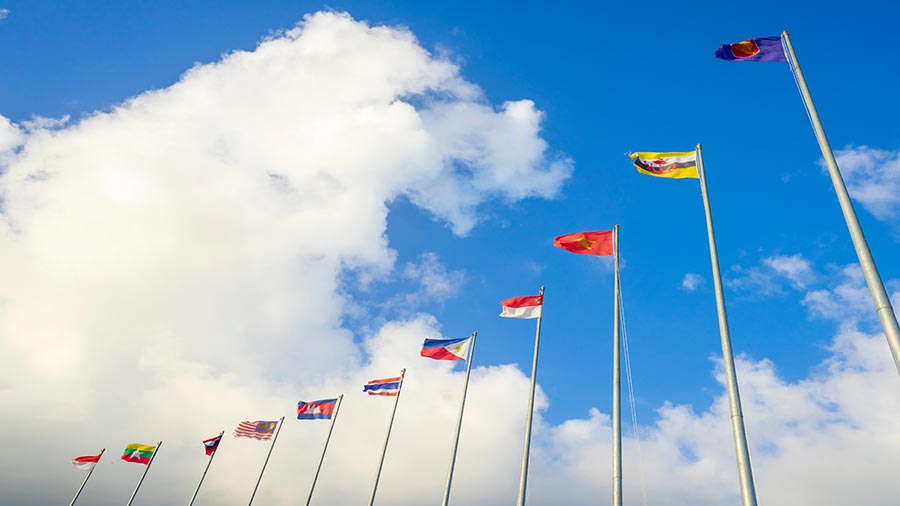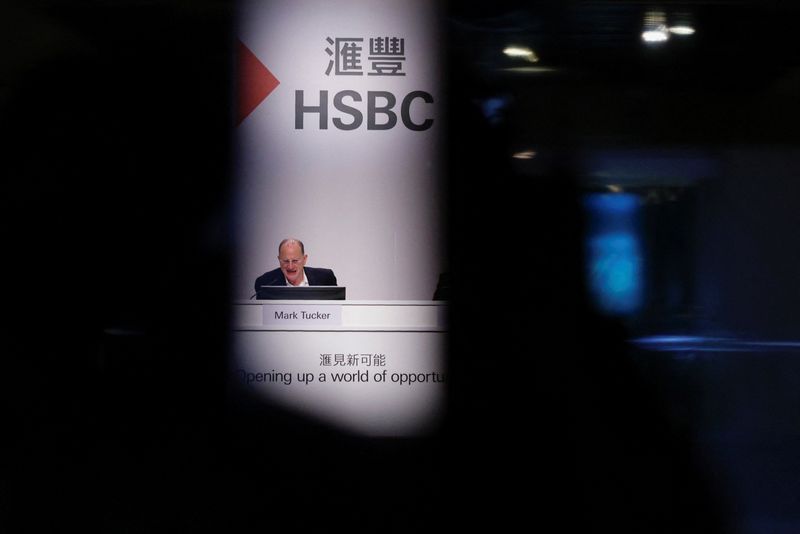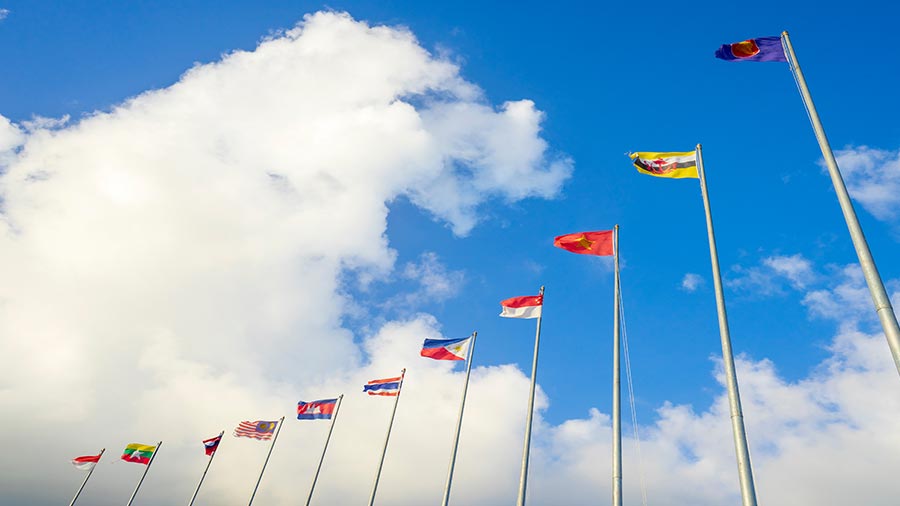Economics
Rising Asia : development challenges, and high stake in global economic recovery
Author: Maria Monica Wihardja, CSIS, Indonesia The Asian Development Bank, along with Indonesian ministries, including the Trade Ministry and the National Development Planning Ministry, this month held a symposium on ‘Asia’s Development Agenda in Regional and International Fora’ and a consultation meeting on ‘Asia 2050.’ These themes are timely; despite its growth miracles, Asia continues to face development challenges, and its stake in the global economic recovery is high. Asia’s success is not pre-ordained, according to Shigeo Katsu, a senior associate of the Centennial Group, at the Asia 2050 meeting. He suggests that the worst possible scenario for Asia by 2050 would see India and China become trapped as middle-income countries with poor institutions and governance, and growing inequality. At the middle level of development, information networks that sustain small economic activities in non-contractual and relation-based societies would no longer be able to support contract enforcements in large economies. Although state institutions are needed, the scale of activity is not yet large enough to justify the cost of establishing them, rendering the formation of contractual and rules-based societies a failure. Moreover, there are political obstacles associated with people who have sunk stakes in the old system, preventing the establishment of a new system. Emil Salim, chairman of Indonesia’s Presidential Board of Advisors, foresees an unbalanced Asia in 2050 between the Asia 8 — India, Indonesia, Japan, Malaysia, China, South Korea, Thailand and Vietnam — and the rest of Asia, as dictated by market-based economies. Growing inequality within the countries — between a highly developed urban-based West Indonesia and an underdeveloped East Indonesia; the rapidly modernised coastal areas of east China and poverty-stricken western-most region of China ; and among Indian States with strikingly diverse poverty rates — is also foreseeable. So, is Asia moving in the wrong direction? Or should Asia look more to an equitable and sustainable trajectory? We also see ‘two faces of Asia’ on elements other than economic growth — the first face consists of Newly Industrialised Economies (including Hong Kong, South Korea, Malaysia, Singapore, Taipei and Thailand) plus China and India, while the second face consists of resource-rich, low-income, and less developed countries as well as the small states of Asia. The ‘Asia’s Development Agenda’ symposium stressed three agendas to bring more equitable development between the two faces of Asia, and within country: AID for Trade, Financial Inclusion, and the Social Safety Net. The critical issues for a rising Asia are institutional issues: social norms and culture — issues that are downplayed by many economists. Kaushik Basu, in his new book, Beyond the Invisible Hand (2010) , argues that social norms and culture are as important as law. This can be easily understood if we accept the fact that human beings are social beings — we react to what others do and most of the things we do are shaped by the cultural and social environment in which we live. ‘Equilibrium differences’ are greater than ‘innate differences.’ This is why Asia’s jewels — China, Indonesia and India — may be trapped in a ‘low equilibrium,’ with poor social attitudes reinforcing people’s behaviour, shackling their rise as market-based countries because of poor institutions, governance and political environments. The threat of a ‘middle-income trap’ is real. One other important issue is the regional and global cooperation required to build a more equitable and sustainable Asia . The foreign policies of China, India and Indonesia have been outward-looking and the stakes are high: India hosted leaders from all five permanent members of the United Nations Security Councils last year; Indonesia will host the first expanded East Asian Summit this year with two new members, Russia and the US, and with a possibility of hosting the G20 Finance Ministerial and Central Bank Governors’ Meeting in 2013; and Chinese President Hu Jintao’s 2011 visit to the U S has set the basis for the coming decades of a bilateral relationship, the stability of which is of global importance. ‘Soft-power’ policies from the region are a priority. Mahendra Siregar, Indonesian deputy Minister of Trade and the Indonesian G20 Sherpa, reminds us that Asia’s outward looking strategies should be geared toward reorienting our focus to how Asia can contribute to the global economic recovery, and not vice versa. Without these elements a ‘rising Asia,’ hidden behind high economic growth figures, will be merely a chimera. Maria Monica Wihardja is a researcher at the Centre for Strategic and International Studies, Indonesia and is a lecturer at the Department of Economics, University of Indonesia. A version of this article was published in The Jakarta Post on 2 February 2010. Obama in Asia Wisdom of an Asia rising Indonesia and the BRICs

The Asian Development Bank, along with Indonesian ministries, including the Trade Ministry and the National Development Planning Ministry, this month held a symposium on ‘Asia’s Development Agenda in Regional and International Fora’ and a consultation meeting on ‘Asia 2050.’ These themes are timely; despite its growth miracles, Asia continues to face development challenges, and its stake in the global economic recovery is high.

Asia’s success is not pre-ordained, according to Shigeo Katsu, a senior associate of the Centennial Group, at the Asia 2050 meeting. He suggests that the worst possible scenario for Asia by 2050 would see India and China become trapped as middle-income countries with poor institutions and governance, and growing inequality. At the middle level of development, information networks that sustain small economic activities in non-contractual and relation-based societies would no longer be able to support contract enforcements in large economies.
Although state institutions are needed, the scale of activity is not yet large enough to justify the cost of establishing them, rendering the formation of contractual and rules-based societies a failure. Moreover, there are political obstacles associated with people who have sunk stakes in the old system, preventing the establishment of a new system.
Emil Salim, chairman of Indonesia’s Presidential Board of Advisors, foresees an unbalanced Asia in 2050 between the Asia 8 — India, Indonesia, Japan, Malaysia, China, South Korea, Thailand and Vietnam — and the rest of Asia, as dictated by market-based economies. Growing inequality within the countries — between a highly developed urban-based West Indonesia and an underdeveloped East Indonesia; the rapidly modernised coastal areas of east China and poverty-stricken western-most region of China; and among Indian States with strikingly diverse poverty rates — is also foreseeable. So, is Asia moving in the wrong direction? Or should Asia look more to an equitable and sustainable trajectory?
We also see ‘two faces of Asia’ on elements other than economic growth — the first face consists of Newly Industrialised Economies (including Hong Kong, South Korea, Malaysia, Singapore, Taipei and Thailand) plus China and India, while the second face consists of resource-rich, low-income, and less developed countries as well as the small states of Asia. The ‘Asia’s Development Agenda’ symposium stressed three agendas to bring more equitable development between the two faces of Asia, and within country: AID for Trade, Financial Inclusion, and the Social Safety Net.
The critical issues for a rising Asia are institutional issues: social norms and culture — issues that are downplayed by many economists. Kaushik Basu, in his new book, Beyond the Invisible Hand (2010), argues that social norms and culture are as important as law. This can be easily understood if we accept the fact that human beings are social beings — we react to what others do and most of the things we do are shaped by the cultural and social environment in which we live. ‘Equilibrium differences’ are greater than ‘innate differences.’ This is why Asia’s jewels — China, Indonesia and India — may be trapped in a ‘low equilibrium,’ with poor social attitudes reinforcing people’s behaviour, shackling their rise as market-based countries because of poor institutions, governance and political environments. The threat of a ‘middle-income trap’ is real.
One other important issue is the regional and global cooperation required to build a more equitable and sustainable Asia. The foreign policies of China, India and Indonesia have been outward-looking and the stakes are high: India hosted leaders from all five permanent members of the United Nations Security Councils last year; Indonesia will host the first expanded East Asian Summit this year with two new members, Russia and the US, and with a possibility of hosting the G20 Finance Ministerial and Central Bank Governors’ Meeting in 2013; and Chinese President Hu Jintao’s 2011 visit to the US has set the basis for the coming decades of a bilateral relationship, the stability of which is of global importance. ‘Soft-power’ policies from the region are a priority. Mahendra Siregar, Indonesian deputy Minister of Trade and the Indonesian G20 Sherpa, reminds us that Asia’s outward looking strategies should be geared toward reorienting our focus to how Asia can contribute to the global economic recovery, and not vice versa.
Without these elements a ‘rising Asia,’ hidden behind high economic growth figures, will be merely a chimera.
Author: Maria Monica Wihardja, CSIS, Indonesia Maria Monica Wihardja is a researcher at the Centre for Strategic and International Studies, Indonesia and is a lecturer at the Department of Economics, University of Indonesia.
Read more:
The chimera of rising Asia
Business
Democrat Claims Musk is Undermining Spending Bill Due to China Restrictions – The Hill

A Democrat claims Elon Musk influenced the reduction of a spending bill due to its restrictions on China, suggesting his actions impacted the legislation’s progress and funding allocation.
Allegations Against Musk
A prominent Democrat has accused Elon Musk of deliberately sabotaging a significant spending bill in response to China-related restrictions. This accusation comes amid ongoing tensions between the U.S. and China, particularly regarding technology and trade policies. The claims suggest that Musk’s influence is affecting critical legislative processes, raising concerns among lawmakers about foreign influence in American politics.
Implications for Legislation
The potential ramifications of Musk’s alleged actions could be significant. As a major player in the tech industry, his decisions can sway public opinion and impact the economy. Lawmakers fear that if influential figures like Musk oppose necessary legislation, it might hinder efforts to address vital issues such as national security and economic stability.
Political Reactions
The controversy has sparked debates among both Democrats and Republicans, highlighting the intersection of technology and politics. Many are demanding greater transparency and accountability from tech giants. As the situation unfolds, lawmakers may need to reassess their strategies to ensure that essential legislation moves forward uninterrupted.
Source : Democrat accuses Musk of tanking spending bill over China restrictions – The Hill
Business
HSBC Chairman to Head Key UK Business Delegation to China

HSBC Chairman Mark Tucker will lead a UK business delegation to China next month to boost trade and investment, amid concerns over national security and improving UK-China relations.
HSBC Chairman Leads UK Delegation to China
HSBC Chairman Mark Tucker will lead a pivotal British business delegation to China next month, marking the first significant visit since 2018. The trip aims to enhance Chinese investment in the UK, guided by Chancellor Rachel Reeves. Tucker, a seasoned financier with extensive Asia experience, is regarded as essential in resetting UK-China relations.
Reviving Economic Dialogue
Tucker will accompany senior bankers in seeking to rejuvenate trade, specifically focusing on financial services. Although there are apprehensions among some UK lawmakers regarding national security threats posed by closer ties to Beijing, the UK Treasury spokesperson confirmed Chancellor Reeves’ upcoming discussions on economic cooperation in Beijing.
A Shift in UK-China Relations
Since suspending most dialogues following China’s imposition of a national security law in Hong Kong, UK-China relations have soured. Nevertheless, the Labour government is prioritizing improved ties with China, emphasizing investment opportunities. Reeves asserts the necessity of a pragmatic approach to benefitting national interests amid ongoing concerns voiced by some lawmakers about security risks.
Source : HSBC Chairman to lead pivotal UK business delegation to China
Business
Gordonstoun Severs Connections with Business Led by Individual Accused of Espionage for China

Gordonstoun school severed ties with Hampton Group over espionage allegations against chairman Yang Tengbo. He denies involvement and claims to be a victim of political tensions between the UK and China.
Allegations Lead to School’s Decision
Gordonstoun School in Moray has cut ties with Hampton Group International after serious allegations surfaced regarding its chairman, Yang Tengbo, who is accused of being a spy for the Chinese government. Known by the alias "H6," Mr. Tengbo was involved in a deal that aimed to establish five new schools in China affiliated with Gordonstoun. However, the recent allegations compelled the school to terminate their agreement.
Public Denial and Legal Action
In response to the spying claims, Mr. Tengbo publicly revealed his identity, asserting that he has committed no wrongdoing. A close associate of Prince Andrew and a former Gordonstoun student himself, Mr. Tengbo has strenuously denied the accusations, stating that he is a target of the escalating tensions between the UK and China. He has claimed that his mistreatment is politically motivated.
Immigration Challenges and Legal Responses
Yang Tengbo, also known as Chris Yang, has faced additional challenges regarding his immigration status in the UK. After losing an appeal against a ban enacted last year, he reiterated his innocence, condemning media speculation while emphasizing his commitment to clear his name. Gordonstoun, on its part, stated its inability to divulge further details due to legal constraints.
Source : Gordonstoun cuts ties with business chaired by man accused of spying for China













